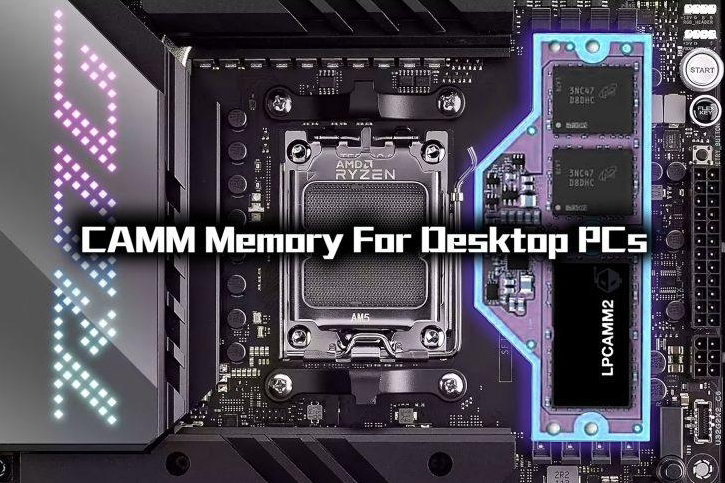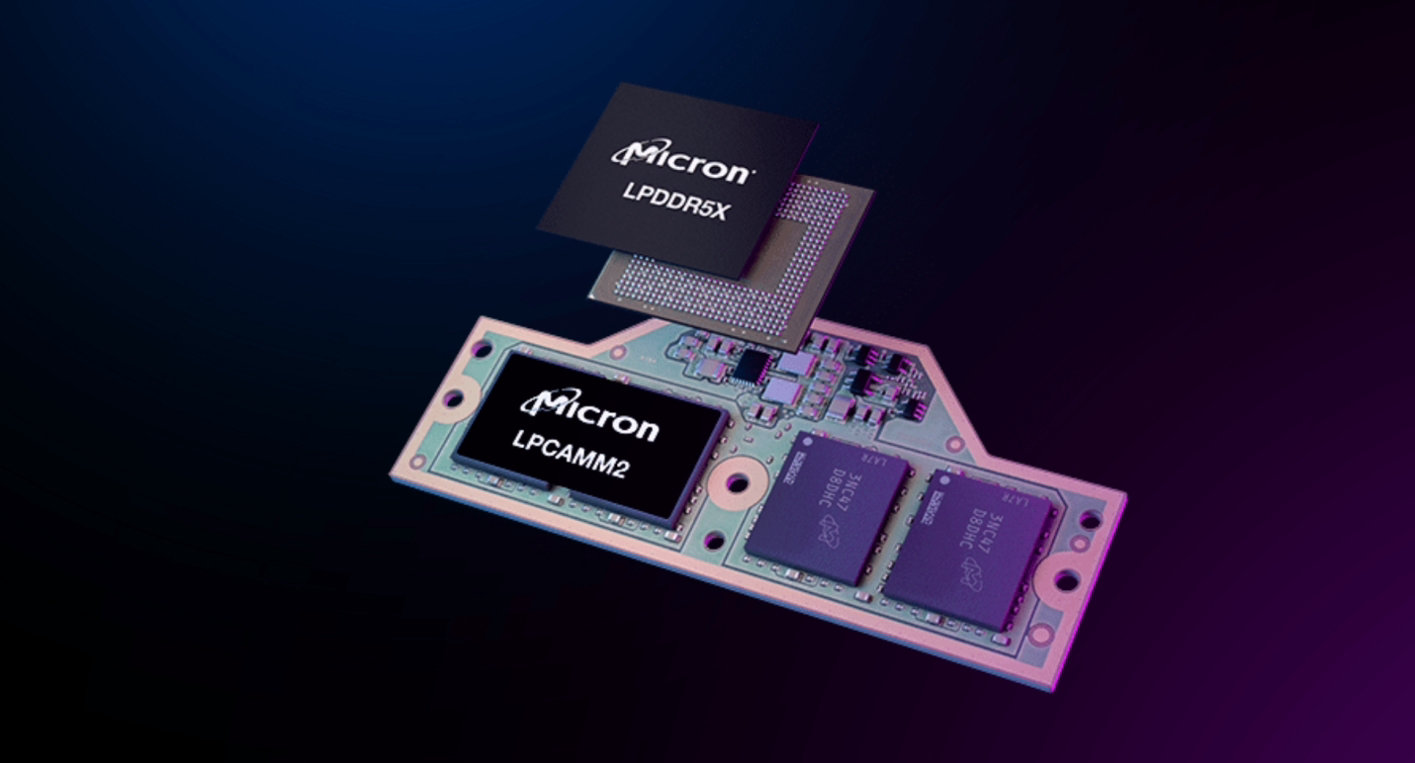SK Hynix: CAMM memory will be logged into desktop computers
CAMM is a new type of memory standard that is smaller and more compact compared to traditional DRAM modules, and supports larger capacity. This standard has evolved to the second generation, namely LPCAMM2, which is applied to laptops and slim PCs. LP represents low power consumption, and existing modules are based on the LPDDR5 or LPDDR5X standards, providing transmission speeds of up to 9.6 Gbps.
At CES 2024, blogger ITSublssub visited SK Hynix booth and confirmed that the CAMM standard will enter desktop platforms. The first desktop platform CAMM product is also under development, but specific details have not been disclosed yet.
The whistleblower HXL (@ 9550pro) also found that JEDEC's recently released CAMM2 memory standard press release mentioned that CAMM2 will adopt a unified connector design, compatible with DDR5 and low-power LPDDR5/X memory modules. The CAMM standard target platforms listed by JEDEC include laptops and mainstream desktops.
DDR5 and LPDDR5/5X CAMM2 are suitable for different application scenarios. The DDR5 CAMM2 is designed for performance laptops and mainstream desktops, while the LPDDR5/5X CAMM2 is suitable for a wider range of laptop and some server markets.
It should be noted that although JESD318 CAMM2 specifies a common connector design for DDR5 and LPDDR5/X, their pin distribution is not the same. In order to be compatible with different motherboard designs, DDR5 and LPDDR5/X CAMM2 will adopt different installation methods to prevent accidental installation.
The introduction of CAMM memory will bring significant changes to motherboard design. At present, mainstream motherboards use 2 or 4 DIMM slots, and using the latest 64GB module can achieve a maximum capacity of 256GB. To support CAMM, the entire PC motherboard ecosystem needs to be redesigned, which is not something that can be achieved overnight.
Just like the laptop market, there are currently some designs that use LPCAMM, but most products still adhere to the traditional SO-DIMM or onboard memory layout. As CAMM technology matures, motherboard manufacturers may test the waters and launch a few CAMM motherboards to observe consumer reactions. Meanwhile, memory manufacturers also need to design new solutions based on CAMM modules.
Each CAMM module has a connector on the back that can be inserted into a slot like a CPU. High speed memory overclocking, tuning, and support for Intel XMP and AMD EXPO ecosystem overclocking configuration files also need to be redesigned. In summary, it will take some time for CAMM to enter the desktop market, but once implemented, it will mark a major revolution in the memory industry.


